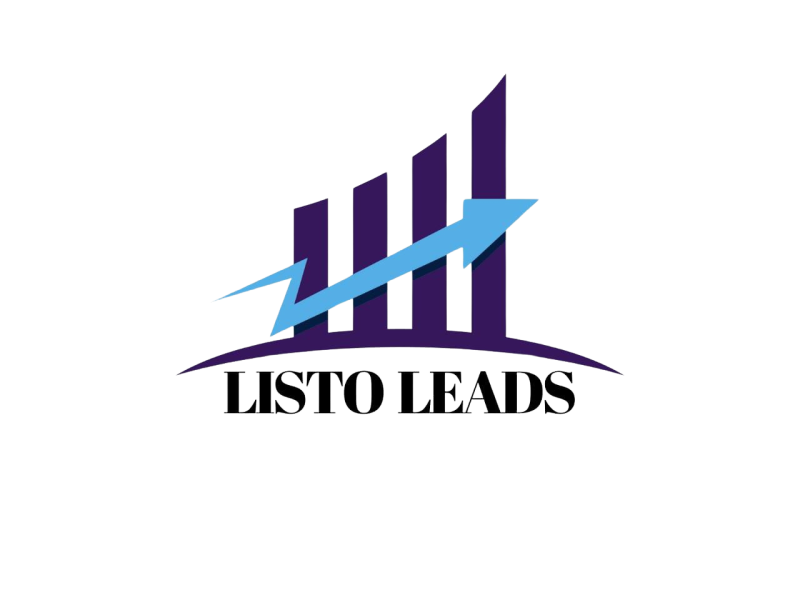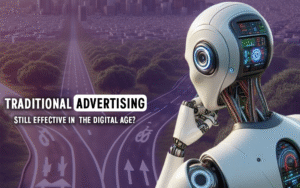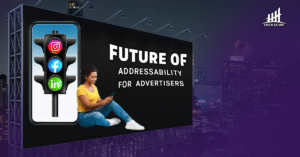
The Evolution of Advertising Strategies
In the ever-evolving world of marketing, businesses face the challenge of choosing between traditional advertising methods and the innovative approach of programmatic advertising. Understanding the nuances of each can empower marketers to make informed decisions that align with their objectives and audience preferences.
Understanding Traditional Advertising
Traditional advertising encompasses time-tested mediums such as print (newspapers, magazines), broadcast (television, radio), outdoor (billboards, transit ads), and direct mail. These channels have been instrumental in building brand awareness and reaching broad audiences.
Advantages:
Broad Reach: Ideal for targeting a wide demographic, especially in local markets.
Tangible Presence: Physical ads can leave a lasting impression.
Established Credibility: Long-standing mediums often carry a sense of trustworthiness.
Limitations:
Limited Targeting: Difficulty in reaching specific audience segments.
Higher Costs: Production and placement can be expensive.
Lack of Real-Time Analytics: Challenges in measuring immediate campaign effectiveness.
Exploring Programmatic Advertising
Programmatic advertising refers to the automated buying and selling of digital ad space using software and algorithms. This method leverages data to serve ads to targeted audiences in real-time across various online platforms.
Advantages:
Precision Targeting: Utilizes data to reach specific demographics based on behavior, interests, and location.
- Cost Efficiency: Real-time bidding ensures optimal ad spend.
- Real-Time Analytics: Immediate insights allow for quick adjustments to campaigns.
Limitations:
Complexity: Requires understanding of digital platforms and data analytics.
Ad Fraud Risks: Potential exposure to non-human traffic and fraudulent activities.
Privacy Concerns: Dependence on user data raises concerns about data protection and compliance.
Comparative Analysis: Traditional vs. Programmatic Advertising
| Aspect | Traditional Advertising | Programmatic Advertising |
|---|---|---|
| Reach | Broad, general audiences | Targeted, specific demographics |
| Cost | Generally higher due to production and placement | More cost-effective with real-time bidding |
| Analytics | Limited post-campaign insights | Real-time tracking and optimization |
| Flexibility | Fixed once deployed | Dynamic, allows for real-time adjustments |
| Engagement | Passive consumption | Interactive and personalized experiences |
| Setup Time | Longer lead times for production and placement | Quick deployment across multiple platforms |
Strategic Considerations for Marketers
When deciding between traditional and programmatic advertising, consider the following:
Target Audience: Identify where your audience spends their time and which mediums they trust.
Campaign Goals: Determine whether the objective is brand awareness, lead generation, or direct sales.
Budget Constraints: Assess the cost-effectiveness of each method relative to your budget.
Resource Availability: Evaluate your team’s capacity to manage complex digital campaigns.
Compliance Requirements: Ensure adherence to data privacy laws and regulations.
Integrating Both Approaches: A Hybrid Strategy
Combining traditional and programmatic advertising can offer a balanced approach, leveraging the strengths of both. For instance, a television campaign can build brand awareness, while programmatic ads can retarget interested viewers online, guiding them through the sales funnel.
Conclusion: Adapting to the Digital Age
The advertising landscape is not a choice between old and new but about integrating strategies that align with evolving consumer behaviors. By understanding the unique benefits of traditional and programmatic advertising, marketers can craft campaigns that resonate with their audience and achieve their business objectives.



